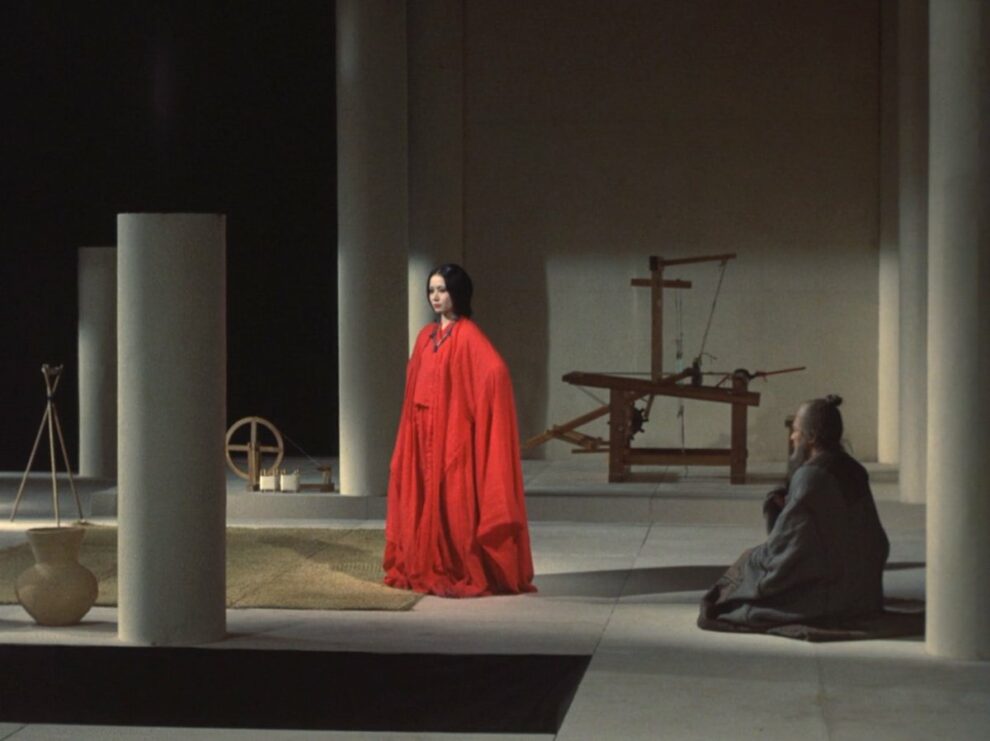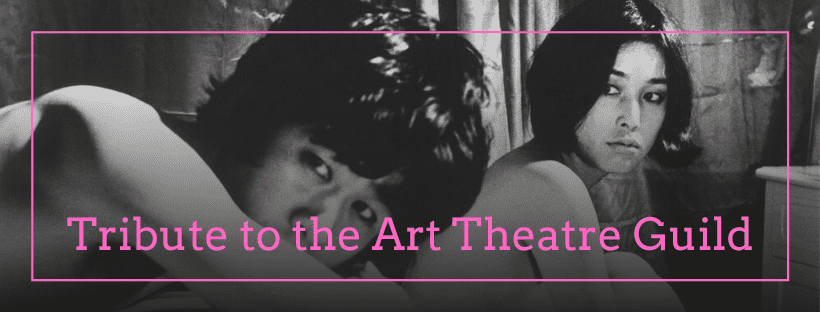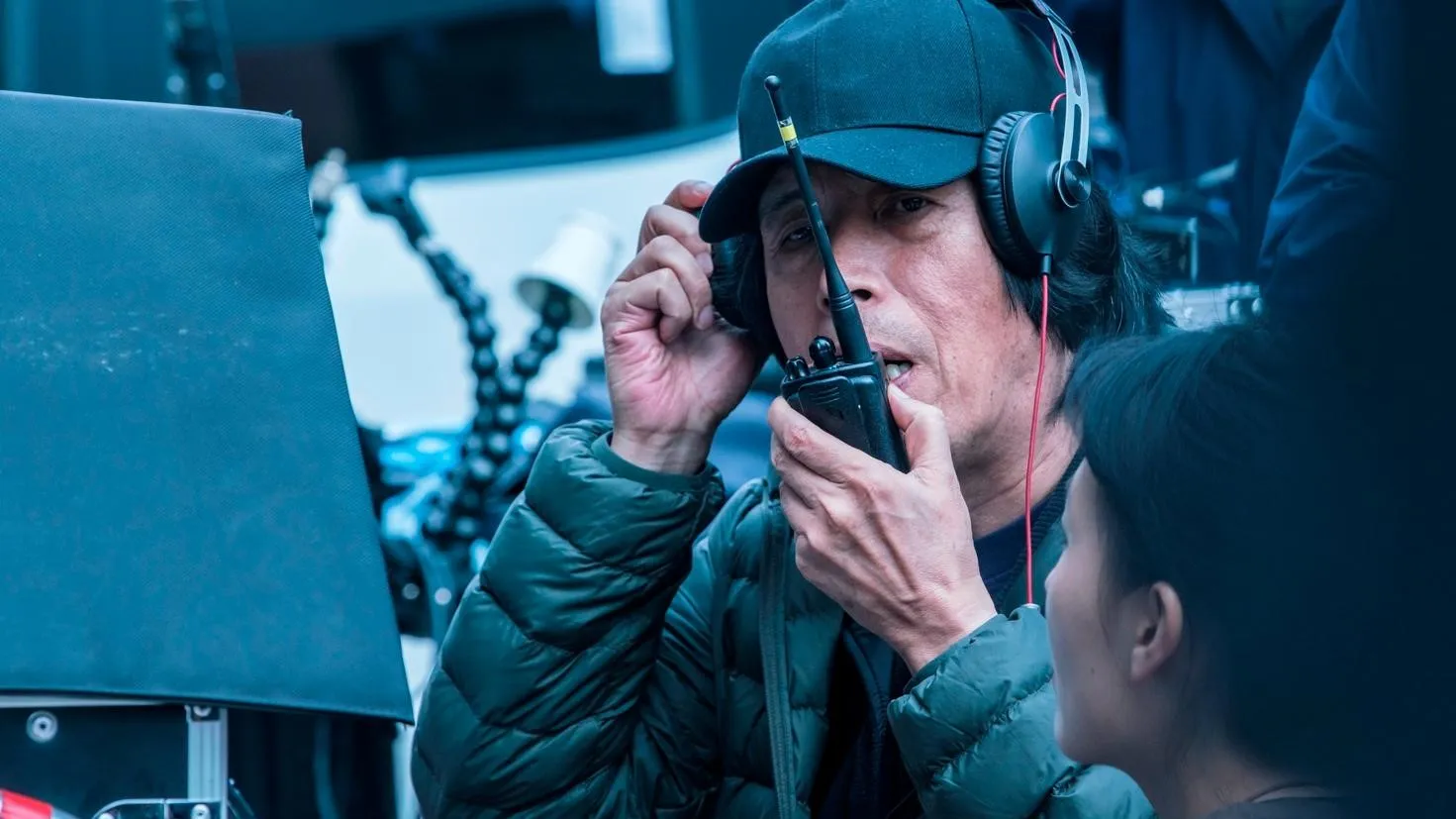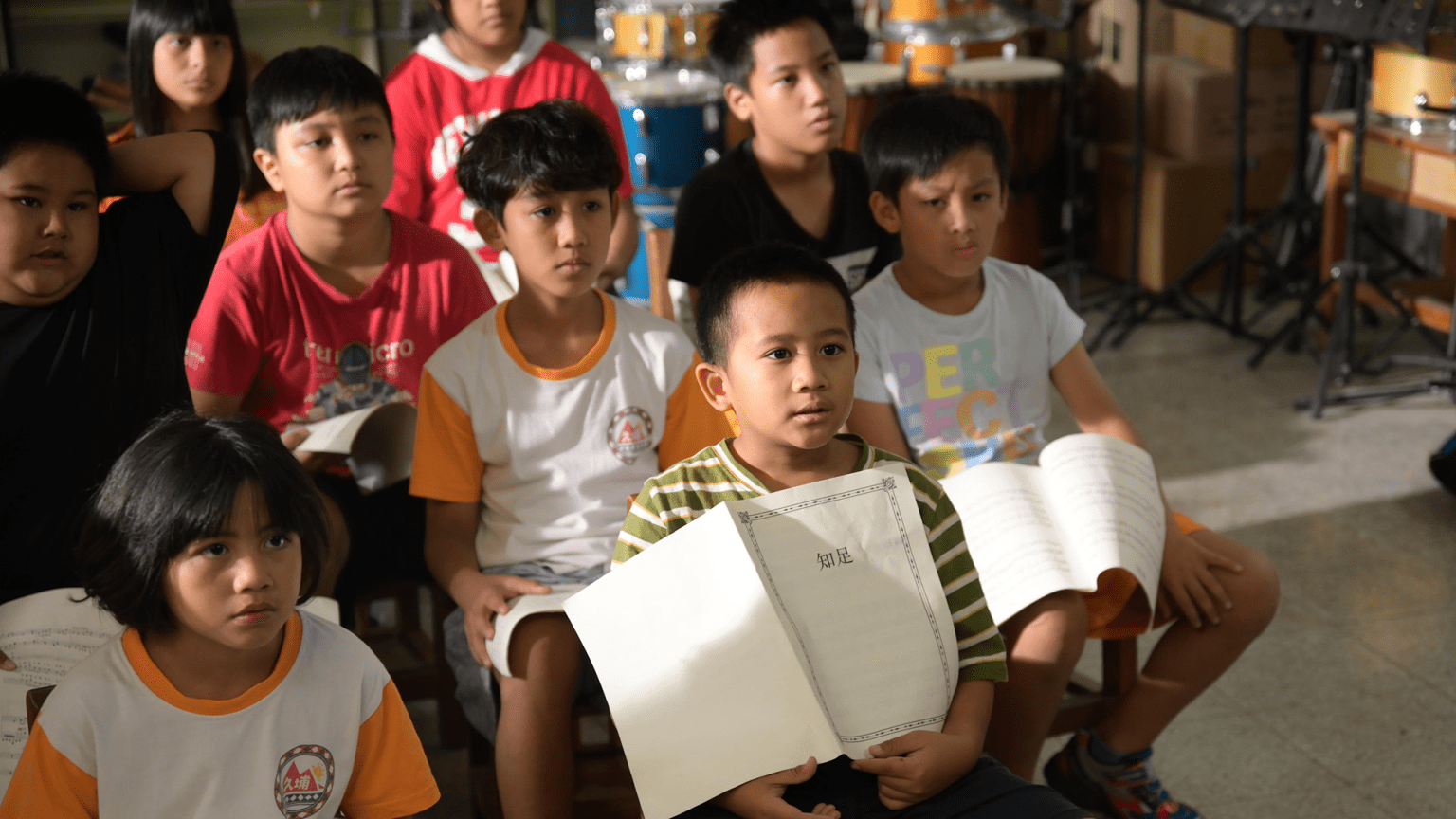Nominated for the Palme d'Or in 1974, “Himiko” is one of the most renowned titles of both ATG and Masahiro Shinoda, perhaps for the way it manages to channel both “Horrors of Malformed Men” and Kurosawa's colored works, although the latter actually succeeded the film.
The story follows the myth of the Sun Goddess, Himiko, who is the earliest Japanese historical figure documented in Japanese, Chinese, and Korean history, although her existence, identity, and location have been the source of endless debate. Nevertheless, the consensus talks about a queen-shaman who was ruling Yamatai, the Kingdom of the Sun before Japan became a specific, separate entity. In the film, she is a shaman who speaks for the Sun God, being revered in the society she lives in but also constrained by the will of her people for her to be a sacred entity. As the story begins, she finds herself in the middle of a political turmoil regarding the succession of King Ohkimi, who is actually, the true decision maker in the kingdom, despite Himiko's role. Ohkimi plans to have Mimaki as his heir, but his younger brother, Ikume also wants the throne, while priest Nashime prefers Himiko to be the ruler.
The tension becomes even more palpable when Takehiko, Himiko's half brother, returns after traveling around the world, and the shaman falls in love with him. He, on the other hand, seems to have feelings for Adahime, a woman who assists Himiko in her various rituals. In the meantime, the antagonism between the Kingdom of the Sun, the Kingdom of the Land and The Kingdom of the Mountains, also reaches an apogee.
Check also this article
Evidently, Masahiro Shinoda creates a labyrinthic story that shows the rather intricate relationships of the protagonists, in a style that can easily be described as Shakespearean, considering also the fate most of the key characters face in the end. The symbolism and the metaphors are essentially all over the story, and discerning them all would fill a number of pages. Some of the most evident, though, concern the relationship between state, religion and people, with Shinoda eventually showing the latter, or at least the ones considered the lowest, as the “winners” at least in individual terms.
Furthermore, the place of women in society is also presented through the prism of intense patriarchy, with Himiko, despite her authority, practically being used by the men that surround her, who also proceed on punishing her when she acts as a woman for the first time. This, however, does not mean that Shinoda shows her as a victim, since the way she forces Takehiko to bed with her and her treatment of Adahime, are as awful as the treatment she receives by the men.
Somewhere around here also lies a comment about sex and lust, with them presented as a driving force for a number of deeds taking place in the movie, with Shinoda also making a connection with religion, with one of the first movies, where Himiko acts is if erotically penetrated by the Sun God. The eroticism is actually a dominant element of the movie, with the nudity and the sex scenes found in abundance, although, just as the previous scene, the approach is more ritualistic and theatrical than titillating, even in the orgy scene. The same actually applies to the violent scenes, that occasionally can be quite brutal, as in the burying of a number of people who were still alive, but Shinoda manages to retain the artfulness even in those.
This approach actually extends to every aspect of the movie, with the theatricality and the ritualism dictating the cinematic terms here. In that fashion, the Mountain God People are presented by Butoh performers, with their full body painting and their overall movement pointing towards the particular direction, while also resembling the ones in “Horrors of Malformed Men”.
The various repeated settings, as the one where Himiko uses a loom, the palace where the meeting take place and the temple-like structures also exhibit a very appealing artificiality that also points towards theater, with the minimalism here implemented in a way that points in scenes that look as if from a painting, with this element connecting the movie with Kurosawa's colored films. Even if the approach is rather experimental and avant-garde, the result is frequently stunning, with the makeup of the characters, the sets by Kiyoshi Awazu, the costumes by Yoshikazu Arai and Yoko Takakura and the way DP Tatsuo Suzuki captures them resulting in a true visual extravaganza. And talking about cinematography, the framing is also of the highest quality, with the voyeuristic scenes in particular, as much as the few long shots, being a wonder to watch, with the final burying one definitely being one of the most memorable.
Also of note is the final scene, with the appearance of the helicopter having been the topic of many interpretations. In my case, I feel that Shinoda wanted to show that what is happening in the movie, supposedly in ancient times, is not that far than what is happening now, in a rather pointed sociopolitical comment.
Shima Iwashita (Shinoda's wife) as Himiko is impressive throughout the movie, managing to appear as both a femme fatale and a victim, both highly sensual and pure, both a definite member of her tribe and someone exotic. Masao Kusukari as Takehiko plays the role of the apple of discord, as the stranger who completely destroys the equilibrium (perhaps in a metaphor for the West and its impact on local tradition) quite fittingly, also assisted by his looks (he was also a model, born from a Japanese mother and an American father) as he looks quite different from the rest. Rie Yokoyama as Adahime emit an air of mysteriousness that is quite entertaining throughout, although the ones who truly steal the show are Rentaro Mikuni as Nashime, highlighting how he manipulates things from the shadows and gusto, and the many Butoh dancers, whose extreme movements are definitely one of the most memorable aspects of the movie.
“Himiko” is experimental both contextually and cinematically, and a movie that definitely needs a number of views to fully understand it. However, it is also rather intricate, artful, intriguing and in general another sample of how unique the movies of ATG were.
















